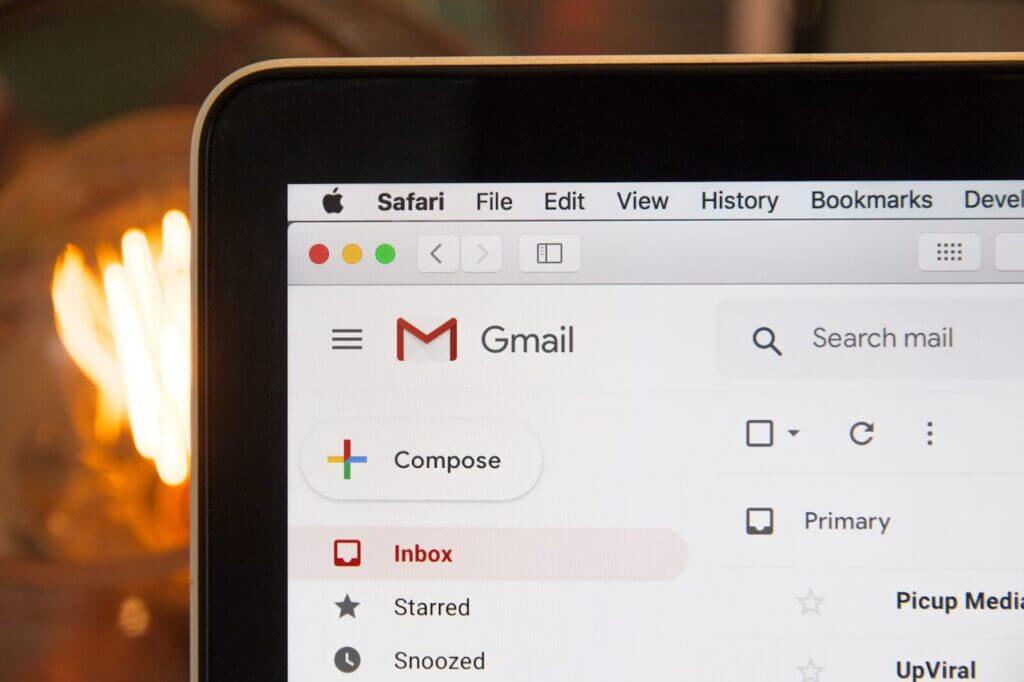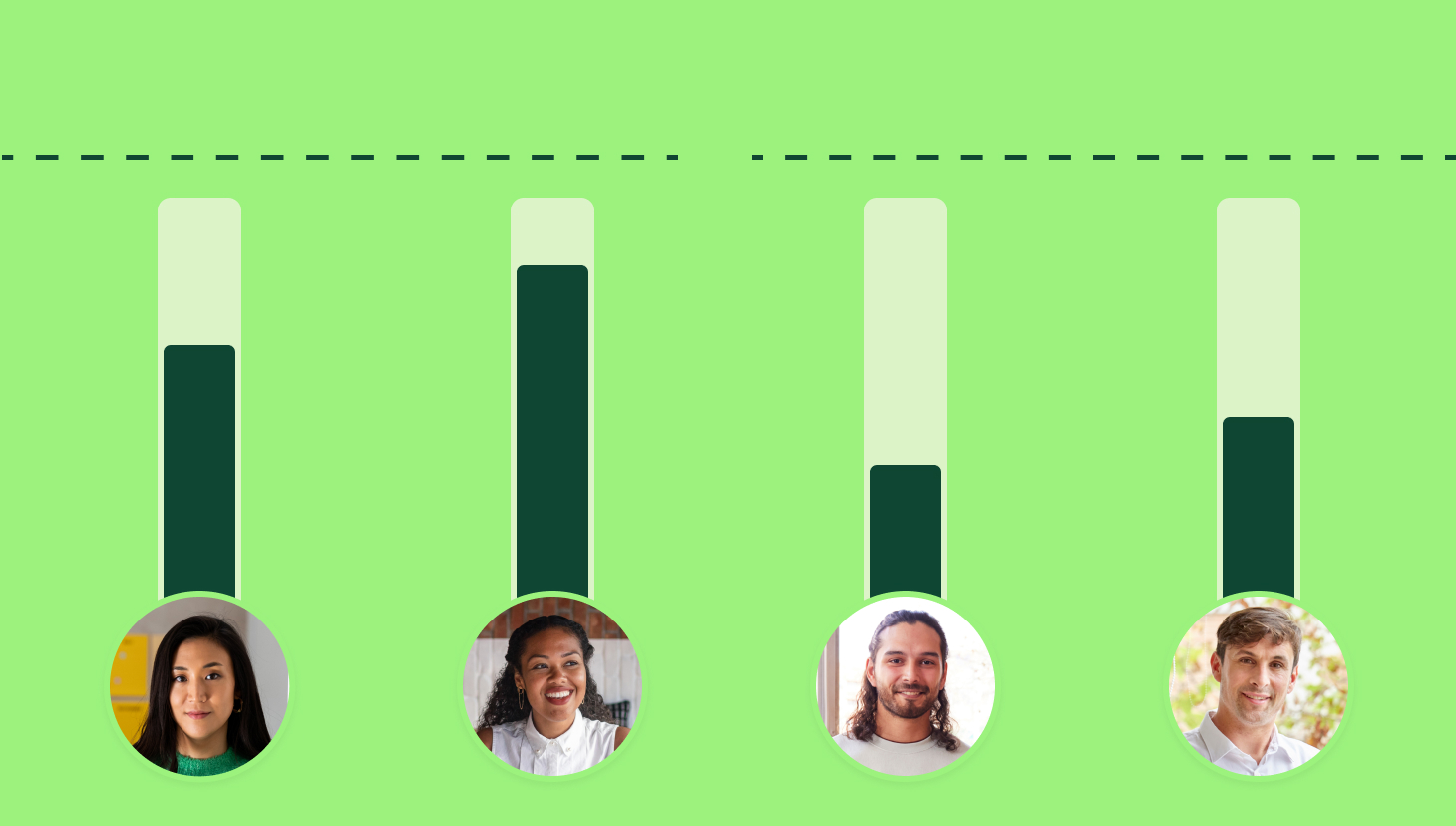This is a guest blog written by our friends at Vonage on sales outreach strategy.
Sales outreach strategies have come a long way since the days of hiring sales reps to cold-call prospects with the hope that the caller’s charm is enough to convince prospects to make a purchase. In modern times, sales outreach strategies constitute a multi-pronged approach that leverages emails, calls, texts, and social media to move prospects along the sales funnel.
But what does a modern sales outreach strategy for B2B companies look like, and how does it translate to real results in the form of an increase in sales?
In this article, we explore five ways of using sales outreach strategies to increase B2B sales, including the creation of a buyer profile for better propositioning, the use of social proof to convert interest into action as per the AIDA model, and much more.

Understanding sales outreach strategies
A sales outreach strategy is exactly what it sounds like—a method sales professionals use to guide prospects from initial contact through to purchase. Successful sales outreach strategies require companies to manage sales performance through insights and use many communication channels to reach out to prospects, including emails, calls, social media, paid advertising, and more.
The obvious benefit of a sales outreach strategy to a B2B company is an increase in sales revenue, but this isn’t the only one. Sales outreach strategies also increase how efficiently sales are acquired because they generate qualified leads (leads that are more likely to convert because they fit the profile of a customer with high purchase intent).
Effective sales outreach strategies help B2B companies establish trust with prospects, leading to a greater probability of prospect conversion and retention. Now that we’ve defined what a sales outreach strategy is, here’s how it can be used to boost B2B sales.
Incentivize Outbound Efforts
Consider rewarding outbound-sourced sales with a flat-rate bonus, SPIF, or higher commission rate. Each of these can be set up, tested, modeled, and tracked in QuotaPath.
Learn MoreHow to use sales outreach strategies to boost B2B sales
- Create a clear value proposition
The first step is to create a clear value proposition based on the needs and desires of your customers. Ask yourself: how does your ideal customer behave? What was their journey like from being a prospect to purchasing something from your company? What type of proposition did they respond to? The answers to these questions will help you to establish a proposition that reflects your company’s brand identity while also generating interest among prospects.
The idea is to position your company’s product range as the solution to your prospects’ problems using a tone that instills confidence and trust.
For instance, if you are selling cloud based call center solutions, start off by creating a buyer profile based on the sizes and goals of the companies you’re targeting as well as the industry they operate in.
This profile can then be used alongside an engaging and professional tone to convey a value proposition highlighting the power of your call center software to save your prospects time and money, increasing the probability of sales.
- Engage in multichannel outreach
As the name suggests, multichannel outreach is all about using emails, calls, social media ads/messaging, and text messages collectively to move prospects down the sales funnel.
It’s not a new concept; physical stores have been known to conduct email marketing for years, and text message marketing for eCommerce is just as popular. This approach maximizes the chances of keeping your products in the minds of your prospects, provided you implement two key tactics.

- Select channels where prospects are most active to increase their responsiveness to your strategy. The resulting attention toward your products and engagement with your company increases the likelihood of moving the prospects down the sales funnel.
- Reach out to prospects at the right stage of the sales funnel. The funnel contains four stages (awareness, interest, desire, and action), and each prospect’s position determines what channels are ideal for reaching out to them to maximize sales.
If prospects are merely aware of your products but have yet to show intent, offering a demo or sharing case studies from previous clients can be used to invoke a desire to purchase your products. This leads nicely to our next point.
- Relay success stories to convince buyers
Put yourself in your target audience’s shoes for a second. Imagine receiving sales communication from a company showcasing the benefits of their products without any real-world examples of its usefulness.
Now imagine being pitched the product and receiving case studies showcasing how it has helped others solve their problems and achieve their goals. Which scenario would entice you more?
It might seem obvious, but you would be surprised how many companies don’t relay success stories as part of their sales outreach strategies. Customer testimonials on social media, detailed case studies with data proving product success, and referrals from previous clients are just some of the avenues that are useful to relay success.
We especially recommend case studies made up of detailed reports that describe how your solution has helped past customers overcome challenges because the best way to back up claims is with numerical data.
For example, suppose the call center WFM (workforce management) software that you sell helped your last client generate a 20% ROI, earning you a detailed positive review. Sharing this kind of data (with permission) with future prospects is highly likely to establish trust and confidence in your products, while also adding a human touch to your company, boosting further sales and strengthening market share.

- Split-test outreach methods to establish best practices
Have you ever thought about split-testing your sales outreach strategies to hone in on the best ones to improve sales?
Split testing is all about splitting your pool of prospects into two equally numbered groups and testing variations of an outreach strategy to see which variation works best.
Examples of variables worth testing in this manner include a specific stage of the sales call flow or two different case study examples showcasing the past success of your products.
Split-testing these kinds of components of your sales outreach strategies unveils what works and what doesn’t, resulting in a set of best practices for generating leads and engaging prospects. However, there are a couple of caveats to consider.
Firstly, what works for one prospective customer will not necessarily work for another. For instance, if you use a voice-over IP phone service to perform outbound sales calls and find that a 5 pm initial call works better than a 9 am initial call, there are likely to be many potential reasons why.
Perhaps your clients are based in a specific part of the world, or their managers happen to be free to take sales pitches later in the day as opposed to in the morning. These factors affect response rates, affecting conversion and sales success, so it’s important to be wary of them when analyzing the results of split testing.
- Analyze strategy efficacy for continuous improvement
Whether a sales outreach strategy remains successful in the long term depends on how you go about measuring its effectiveness and evaluating the results to improve the outreach process.
This involves carefully analyzing the data gathered from the methods we mentioned earlier, such as split testing, to devise and test hypotheses on how to improve the sales process and make it as efficient as possible.
Improving sales outreach strategies depends on how well you analyze metrics such as click-through rates on landing pages and call durations for prospecting to gain insights into what works best for prospects.
The key is to arrange this data into detailed sales reports and identify trends to form the basis of hypotheses. This can then be used to adjust your sales outreach strategies to increase leads and conversions.

Summary
Sales outreach strategies require a multifaceted approach integrating multiple communication channels to push prospects through the sales funnel. Establishing a clear value proposition serves as the foundation of sales outreach, and conveying success stories through reviews and case studies establishes credibility in the eyes of the prospect.
This combination increases B2B sales and is further enhanced by tweaking the various components of outreach strategies by split-testing variables, such as different versions of landing pages for outbound sales emails. Analyzing the results of these tests to fine-tune outreach strategies is the final step to boosting sales.
Apply the five methods outlined in this article to improve your outreach strategy and enjoy the results of increased B2B sales.



